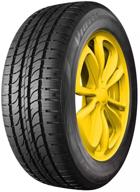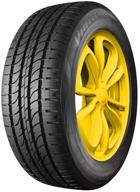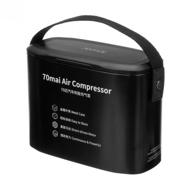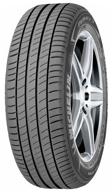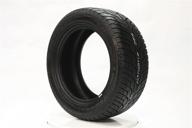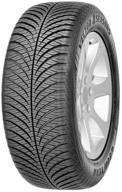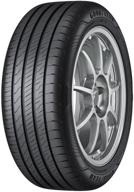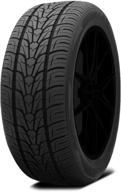
Review on 🔋 Tymate Solar Tire Pressure Monitoring System with 5 Alarm Modes and 4 External Tmps Sensor by Daniel King

Very useful tire pressure sensor - also for a spare wheel
About a year and a half ago I bought 2 of these TPMS units for 2 of my cars; although they were branded differently (as Tymate). They have proven to be very helpful as they work well and save you the trouble of manually checking your tire pressure every week or two. This Tymate device is an upgraded version of the two I already own. We fixed a firmware bug (not a major bug) and put in a regular monochrome backlit LCD display. Summer heat slightly affects color display on older devices; Several segments stop working until it cools down. You could still read it. With a normal LCD, that shouldn't be a problem. The best thing about these devices is that you can buy a fifth sensor and put it on the spare tire. The main unit displays the pressure in the spare and 4 main tires. Shows alternate. They don't mention it with the Tymate device, but I had a spare sensor from my first two devices and it works with the Tymate device too. The sensors on the main wheels kick in instantly and send pressure at 12mph, but the sensor on the spare wheel takes longer because it's not rotating. You'll get the spare tire reading often enough to be sure of the tire pressure. Maybe once every 10 miles or so he has enough hits to wake him from his sleep. To add a spare tire sensor, press the plus button until it changes to registration sensor mode; Then press the plus or minus button to cycle through the different wheel positions until the spare wheel icon flashes on the main unit display; Then screw the replacement sensor to the spare wheel and its ID number will appear on the display when the tire pressure turns it on. Then press and hold the middle dial button to complete the registration process. These instructions are not included in the manual. Another thing to note when working with these sensors is that there is no need to use a lock nut with the sensors. Simply slide on and tighten without a lock nut. They will not leak or come loose. Locknuts are very difficult to manipulate and if you use a locknut on a wheel valve stem that has an OEM internal TPMS sensor, it will corrode and stick. These TPMS valve stems are made of aluminum and the brass nut will corrode quickly due to different metal corrosion. The aluminum threads will break if you try to loosen the lock nut, ruining the internal TPMS sensor. Ask me how I know that. Even if your car has a factory TPMS, like my 2013 Prius, it will only tell you that at least one of your tires is 25psi or less. It won't tell you anything other than that, which isn't really much information. It's far better to be able to see exactly what's in each tire; including replacement. These things are so accurate; If you drive a long distance on a sunny day, you can use the TPMS display to tell whether you are going east or west. 2 tires in the sun will be a few degrees warmer than 2 tires in the shade! The only downside (at least on my older 2 devices) is that the solar panel doesn't generate enough electricity to keep the battery charged indefinitely. I still have to plug in the USB port about once a month to fully charge the battery. Maybe Taimat doesn't need it.
- Sturdy construction
- Negative impression


